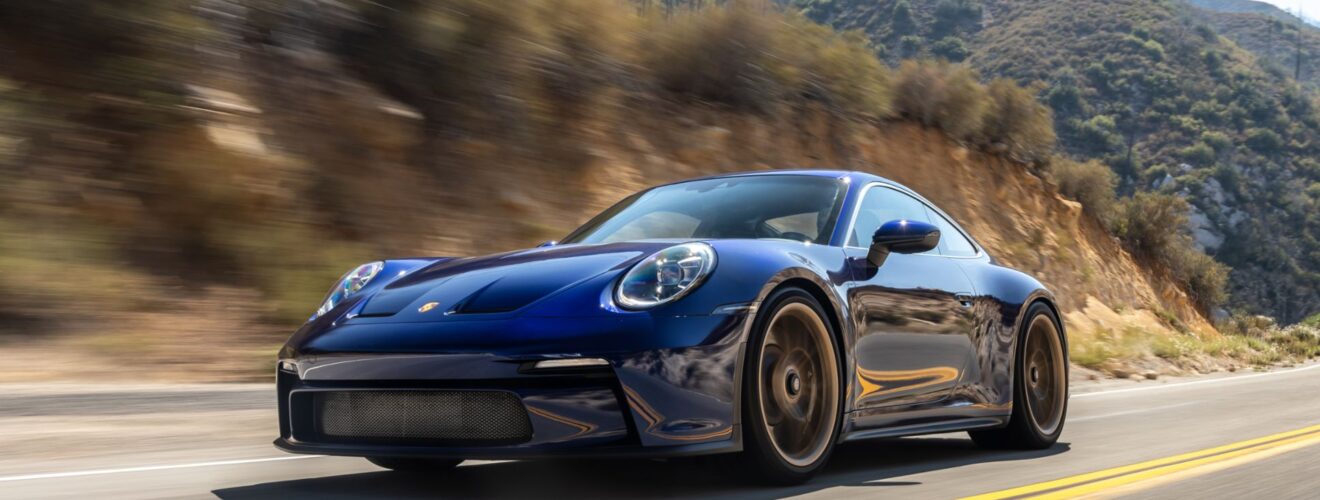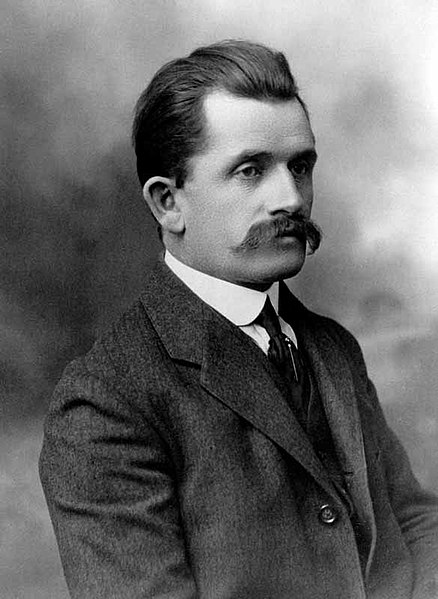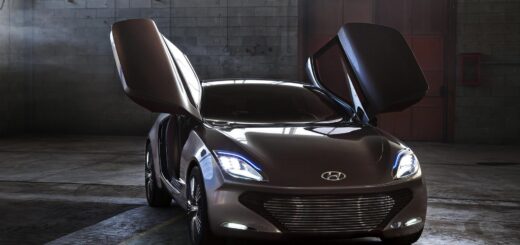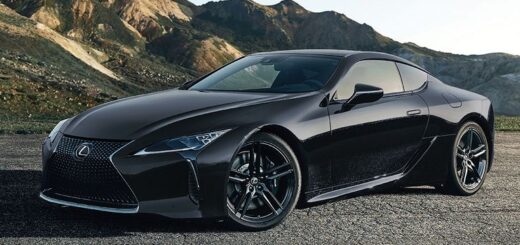The Essence of Porsche – A Comprehensive Overview

Porsche, the iconic German automaker, has etched its name in automotive history with a legacy built on precision engineering, unparalleled performance, and timeless design. Since its inception in 1931 by Ferdinand Porsche, the brand has captivated enthusiasts worldwide with its relentless pursuit of automotive excellence. In this article, we delve into the intricate details of Porsche, unraveling its mechanisms, structures, and the driving experience that sets it apart in the realm of luxury sports cars.
Ferdinand Porsche (04 September 1875 – 23 January 1951) was a German Bohemian automotive engineer and founder of the Porsche AG. He is best known for creating the first gasoline electric hybrid vehicle (Lohner–Porsche), the Volkswagen Beetle, the Auto Union racing cars, the Mercedes Benz SS/SSK, and several other important developments and Porsche automobiles.
Founder of Porsche

- Ferdinand Porsche
Heritage and Innovation
Founded in Stuttgart, Germany, Porsche initially focused on consulting and vehicle development work before introducing its first production car, the legendary Porsche 356, in 1948. Since then, Porsche has become synonymous with innovation on and off the racetrack, garnering numerous victories in motorsport events such as Le Mans, Formula One, and the World Endurance Championship. This racing pedigree has served as a cornerstone for Porsche’s road cars, infusing them with cutting-edge technology and performance DNA.
Design and Engineering Excellence
At the heart of every Porsche lies a harmonious blend of design and engineering prowess. From the iconic 911 to the versatile Cayenne SUV, Porsche vehicles exhibit a distinctive aesthetic characterized by sleek lines, muscular proportions, and aerodynamic efficiency. Each Porsche model undergoes rigorous development and testing to ensure optimal performance, handling, and driver engagement. The use of lightweight materials such as aluminum and carbon fiber enhances agility and responsiveness while maintaining structural integrity and safety.
Performance and Powertrains
Porsche offers a diverse range of powertrains tailored to meet the desires of discerning enthusiasts. Whether it’s the raw power of a rear-engine, rear-wheel-drive layout in the 911, the exhilarating performance of a mid-engine configuration in the Boxster and Cayman, or the electrifying acceleration of the Taycan electric sedan, Porsche delivers an unparalleled driving experience. Advanced technologies such as Porsche Active Suspension Management (PASM) and Porsche Dynamic Chassis Control (PDCC) ensure precise handling and control, allowing drivers to push the limits with confidence.
Innovative Technologies
Porsche continues to push the boundaries of innovation with advanced technologies designed to enhance performance, safety, and connectivity. Features such as Porsche Communication Management (PCM) infotainment system, Porsche Connect app integration, and Porsche Advanced Cockpit interface provide seamless connectivity and convenience on the road. Additionally, Porsche’s commitment to sustainability is evident in its hybrid and electric offerings, such as the Cayenne E-Hybrid and Taycan, which combine exhilarating performance with eco-consciousness.
Safety and Driver Assistance
Porsche prioritizes safety by integrating advanced driver-assistance systems into its vehicles. From Adaptive Cruise Control and Lane Keep Assist to Porsche InnoDrive and Traffic Jam Assist, Porsche’s suite of safety features enhances driver awareness and mitigates the risk of accidents. Furthermore, Porsche’s commitment to active safety is complemented by robust passive safety systems, including advanced airbag technology and high-strength steel reinforcements, ensuring occupant protection in the event of a collision.
Future Directions
As the automotive industry undergoes a seismic shift towards electrification and digitalization, Porsche remains at the forefront of innovation. With the upcoming release of the all-electric Porsche Macan and continued investments in autonomous driving technology, Porsche is poised to redefine the future of mobility. By combining its rich heritage with forward-thinking vision, Porsche continues to inspire awe and admiration, promising thrilling driving experiences for generations to come.
Military vehicles
Porsche produced a heavy tank design in 1943, the VK4501 also known as “Tiger (P)”. Due to the complex nature of the drive system, a competing design from Henschel was chosen for production instead. Ninety chassis that had already been built were converted into self-propelled anti-tank guns; these were put into service in 1944 as the Panzer Tiger (P) and known by the nickname “Ferdinand”.
The Ferdinand was driven by a hybrid electric powertrain, and was armed with a long barrel development of the 89mm anti-aircraft gun. The most common reason for losses was because the vehicle became stuck or broke down, and so the crews often had to destroy their own vehicles to avoid allowing them to be captured. It had a kill ratio of nearly 10:02, but as with most German wartime vehicles, lack of supplies made maintenance a serious problem, reducing the effectiveness of the vehicles, and forcing crews to destroy many otherwise operational vehicles.
Conclusion
Porsche stands as a beacon of automotive excellence, embodying the spirit of performance, innovation, and luxury. From its storied heritage to its relentless pursuit of technological advancement, Porsche remains a driving force in the automotive world. With a commitment to precision engineering, uncompromising performance, and timeless design, Porsche continues to captivate enthusiasts and redefine the boundaries of what is possible on four wheels.








